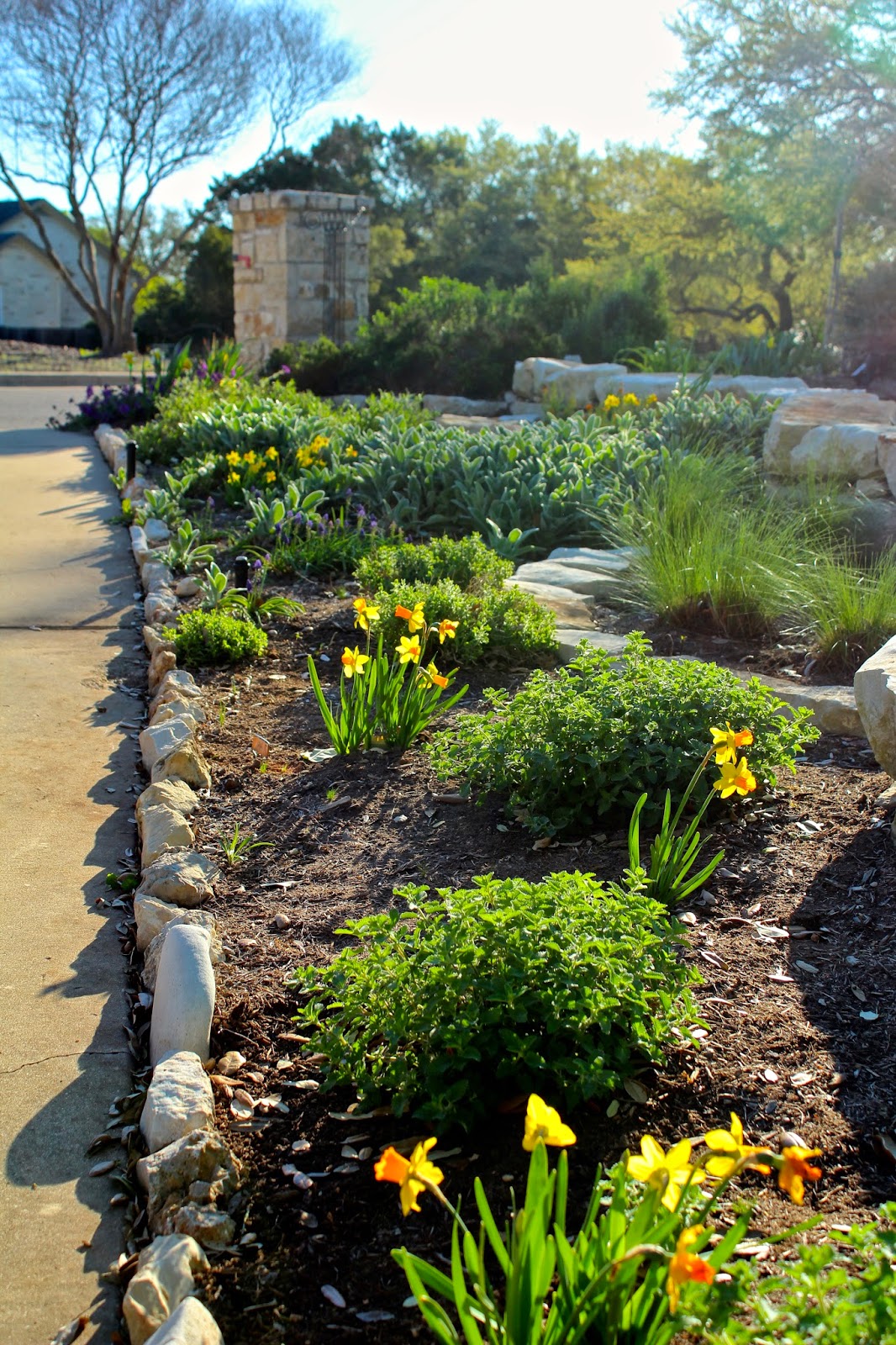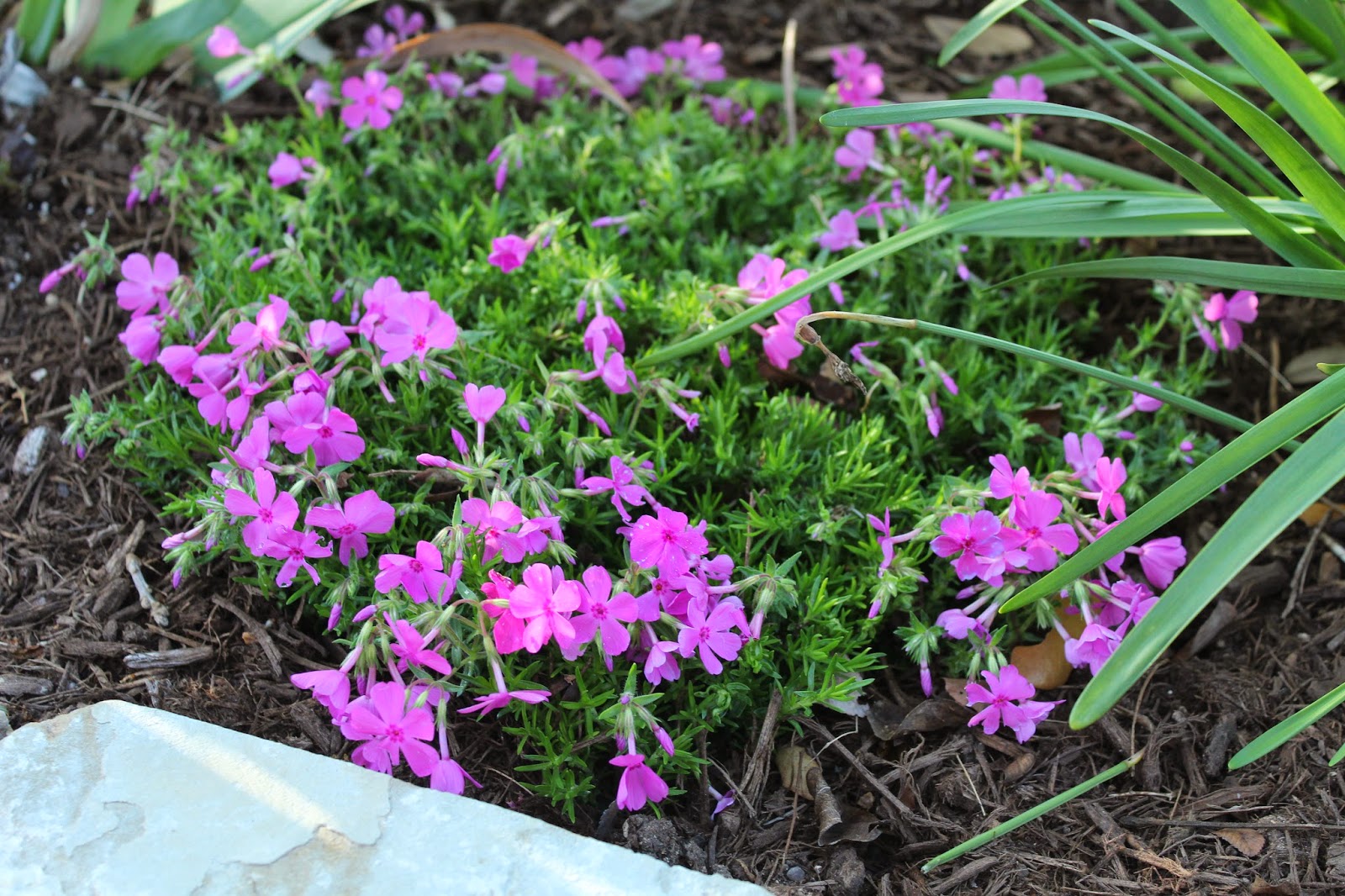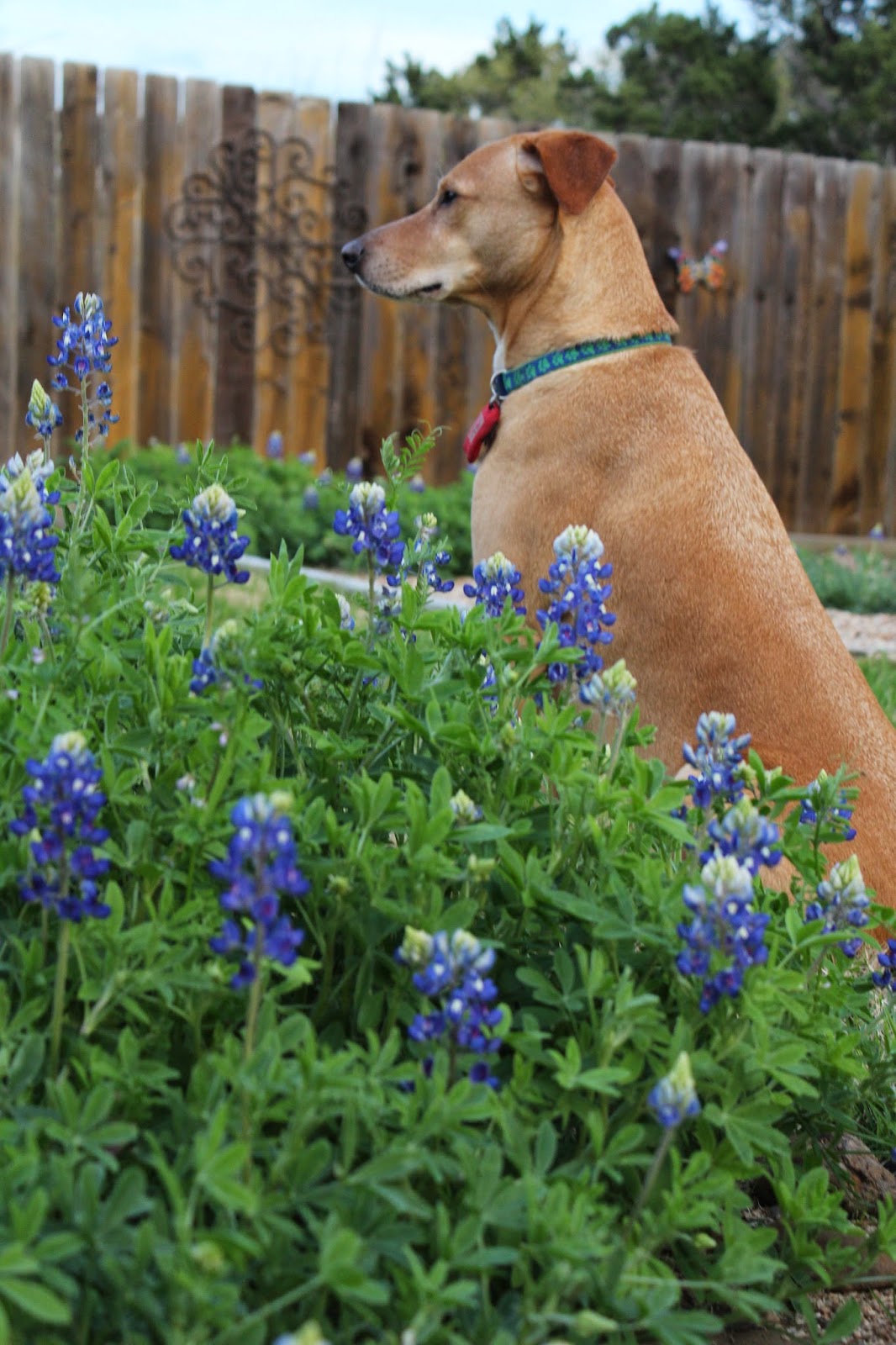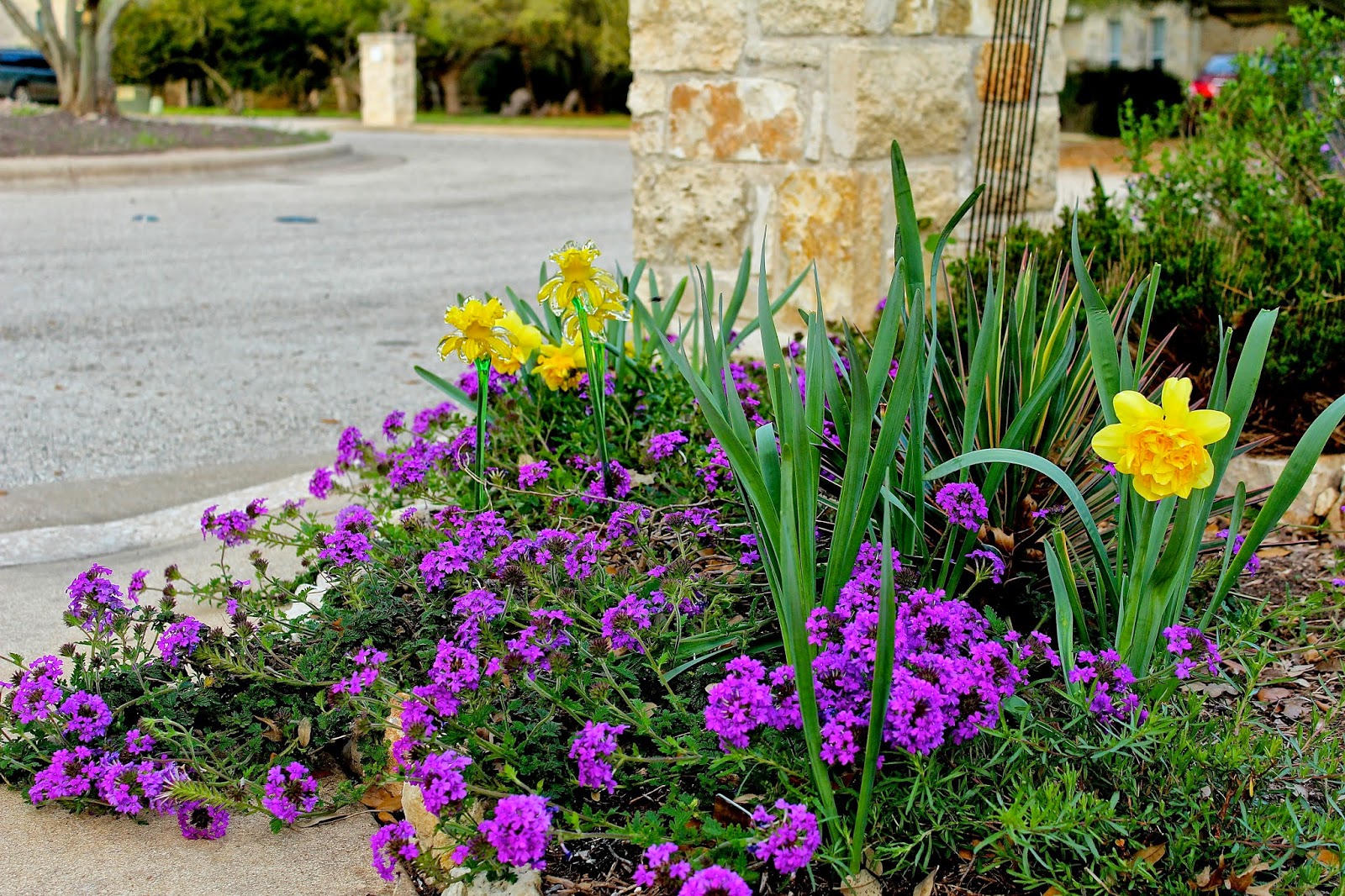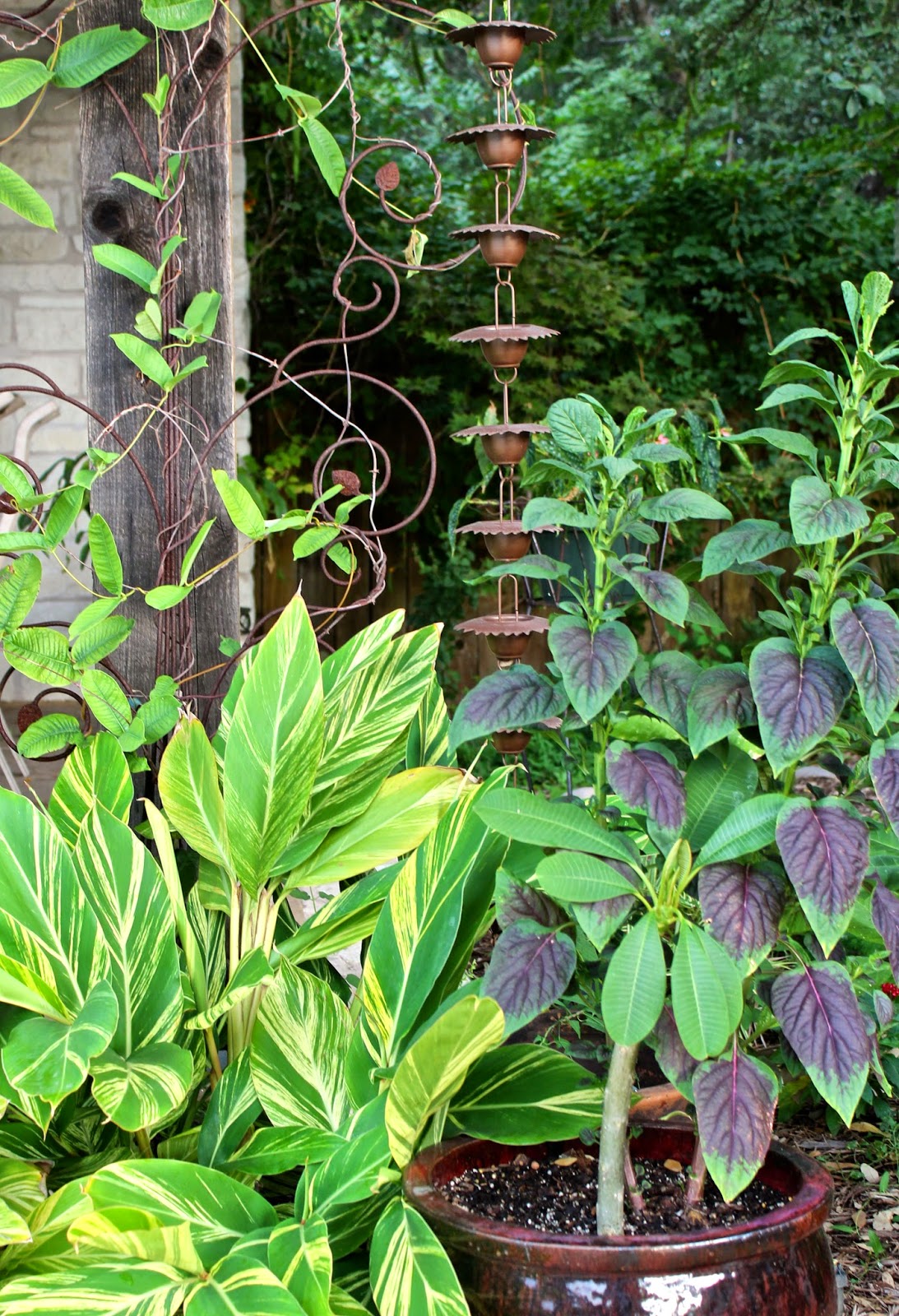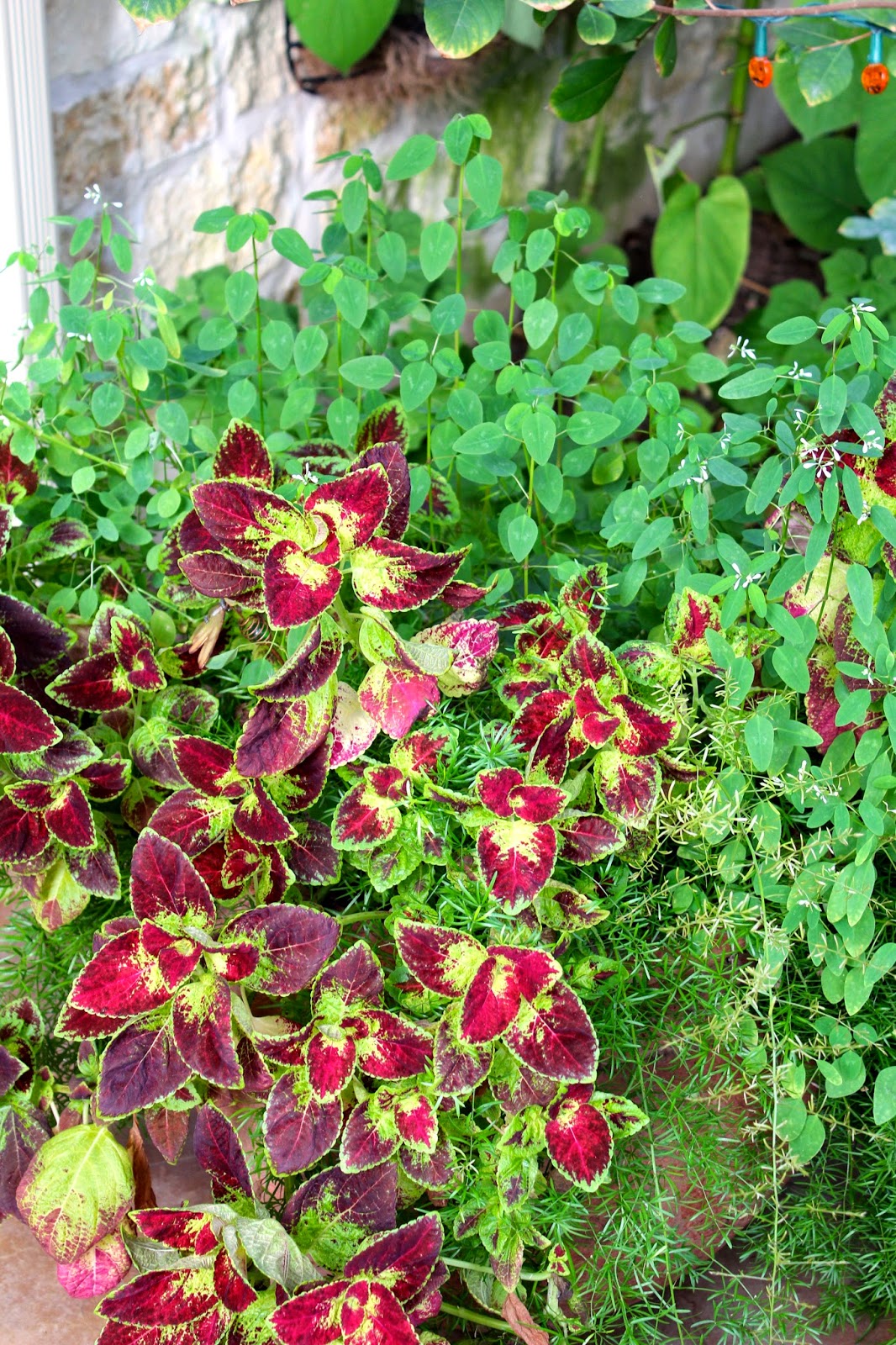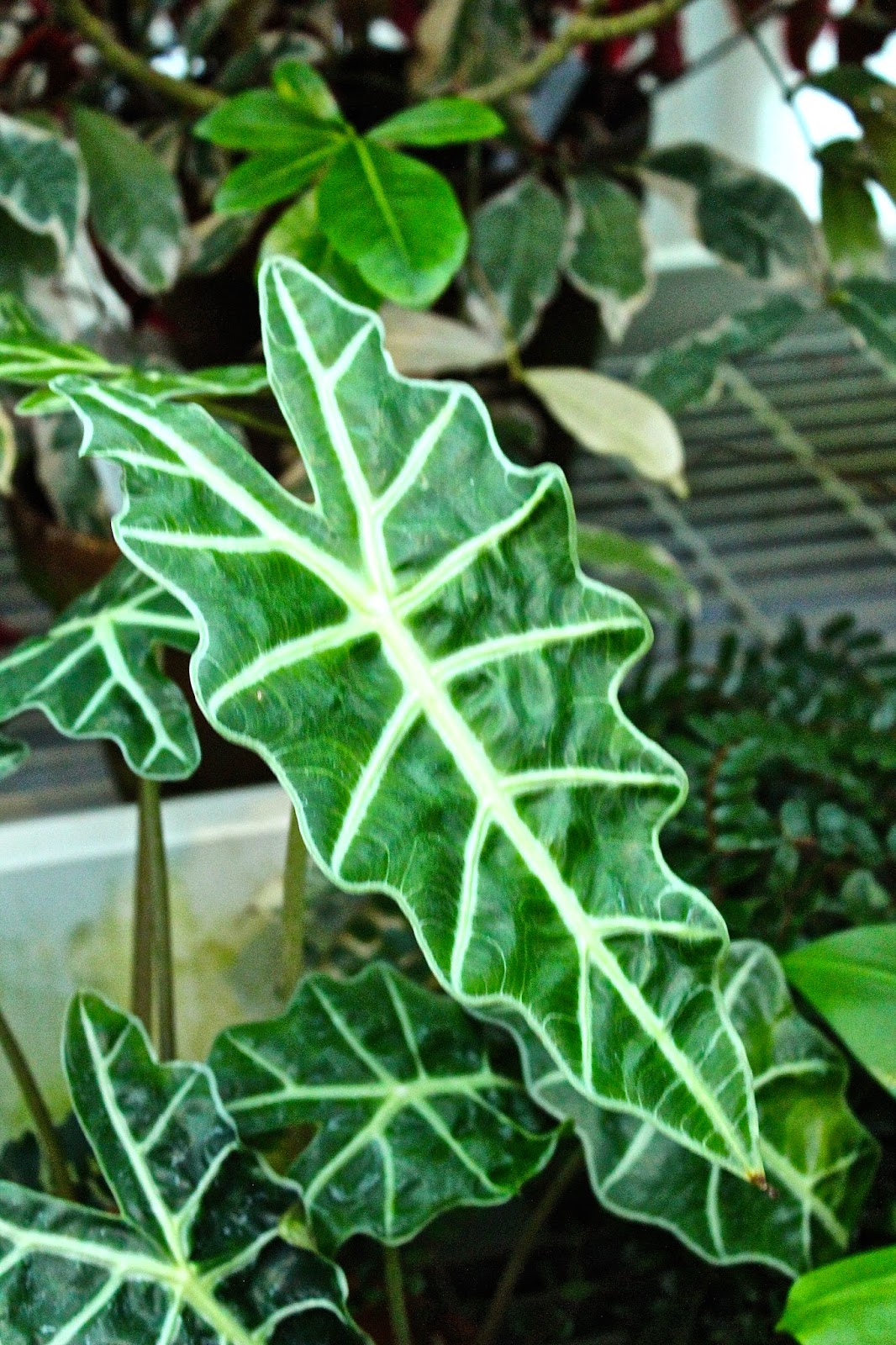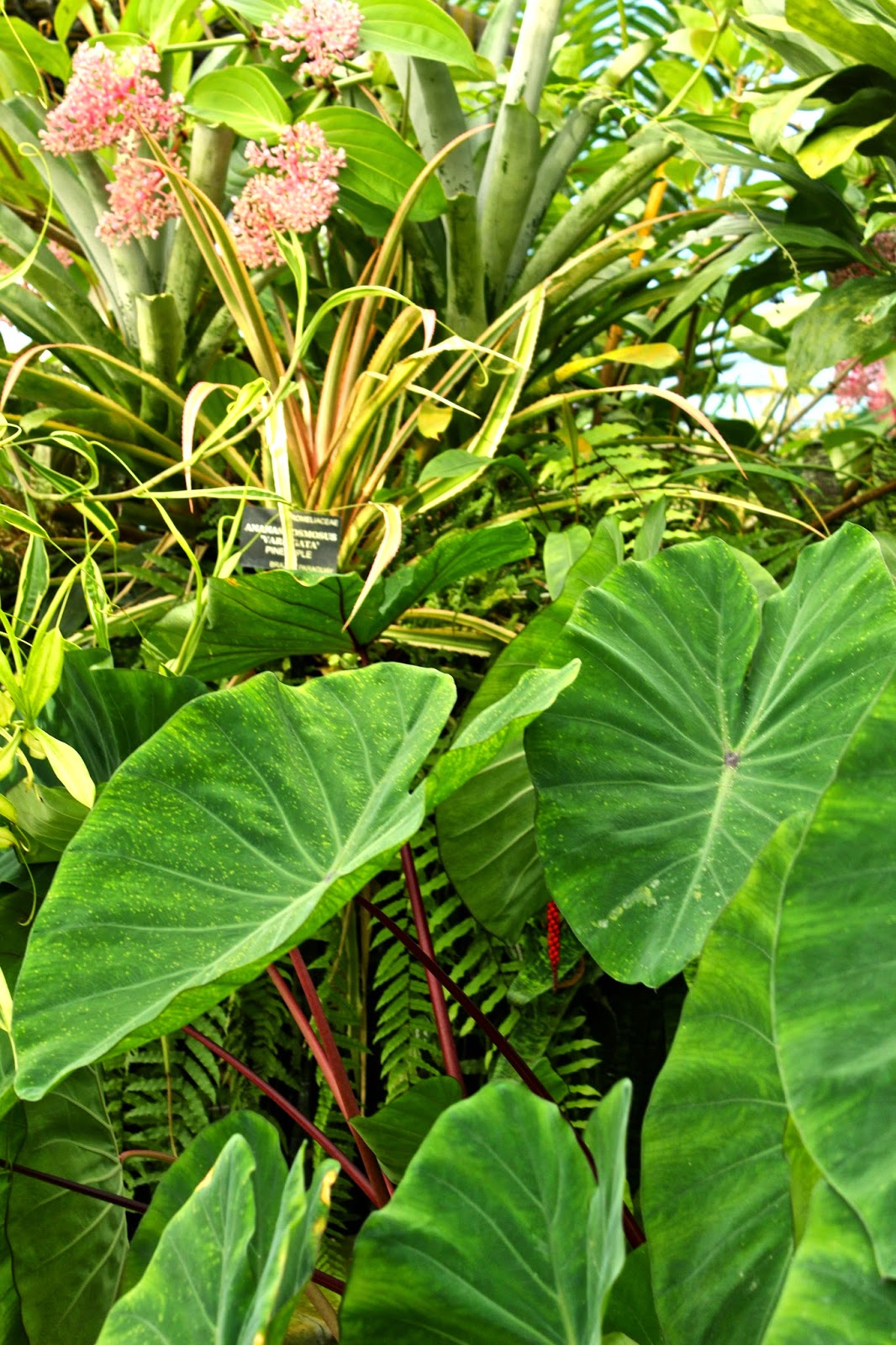Dazzling color in the spring garden…
We all love the spring garden — the awakening of plants that herald the arrival of spring and provide a foreshadowing of more to come.
As the sun shifts in the sky and the breezes begin to warm up, I’m enjoying some rejuvenating time in the garden.
I bought these sweet glass daffodils to bring a pop of color into the garden before the daffodils were ready to open up.
The ‘Kate Izzard’ irises are loaded up and several of them are opening every day. You can tell that I should have divided them last fall, which I fully intended to do, but I seriously need to do that this fall.
Even though traditional tulips aren’t in our Central Texas plant palette, these species tulips, cluisana ‘Lady Jane’ are sweet substitutes in my garden.
This little patch of phlox disappears entirely in the head of summer, but I can count on it to emerge in spring with loads of little blooms.
My cemetery irises are also popping open all over the garden. Our winter clearly made the irises happy.
Bluebonnets are covering my decomposed granite path, and even Kallie’s playground filled with pea gravel. Fletcher enjoys a peaceful moment with them here.
While most of the buds on my monster wisteria were frozen in our last freeze, there are still some opening up and draping delicately from the fence.
And then there is the homestead verbena. What a powerhouse. In the cooler spring and fall, they thrive and liven up any spot in the garden. They will shrivel and look poor in the heat of summer, but just shade your eyes and pretend not to see them until they return again in the fall. Even though many of our bloomers start now and run through the fall, homestead verbena is well worth it’s little summer break.
Now that the threat of freezing is past (I have my fingers crossed as I type this), it’s time to fill in the rest of the garden with new and exciting plants that will herald the summer.

